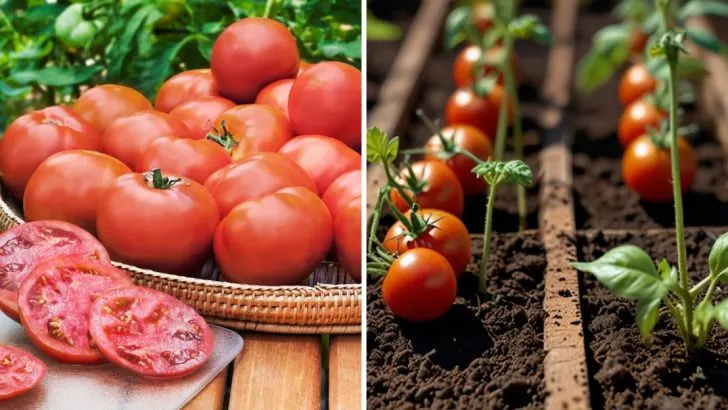Growing tomatoes is one of the most rewarding experiences in gardening, and getting them just right can make all the difference when it’s time to harvest. If you’ve ever found yourself staring at a tomato plant that’s full of promise but doesn’t quite live up to expectations, you’re not alone. The good news is, with a few simple tips, you can maximize your chances of growing the perfect tomatoes. It’s all about understanding the plant’s needs and giving them the attention they deserve throughout the growing season.
From choosing the right variety to knowing when and how to water, there’s a lot that goes into growing tomatoes that thrive. Things like soil quality, temperature, and even how you prune can have a huge impact on the end result. With these 20 tips, you’ll have everything you need to grow tomatoes that are not only delicious but also look great in your garden. Whether you’re a first-timer or a seasoned gardener, these tricks will help ensure you get the best harvest possible.
Select the Right Variety
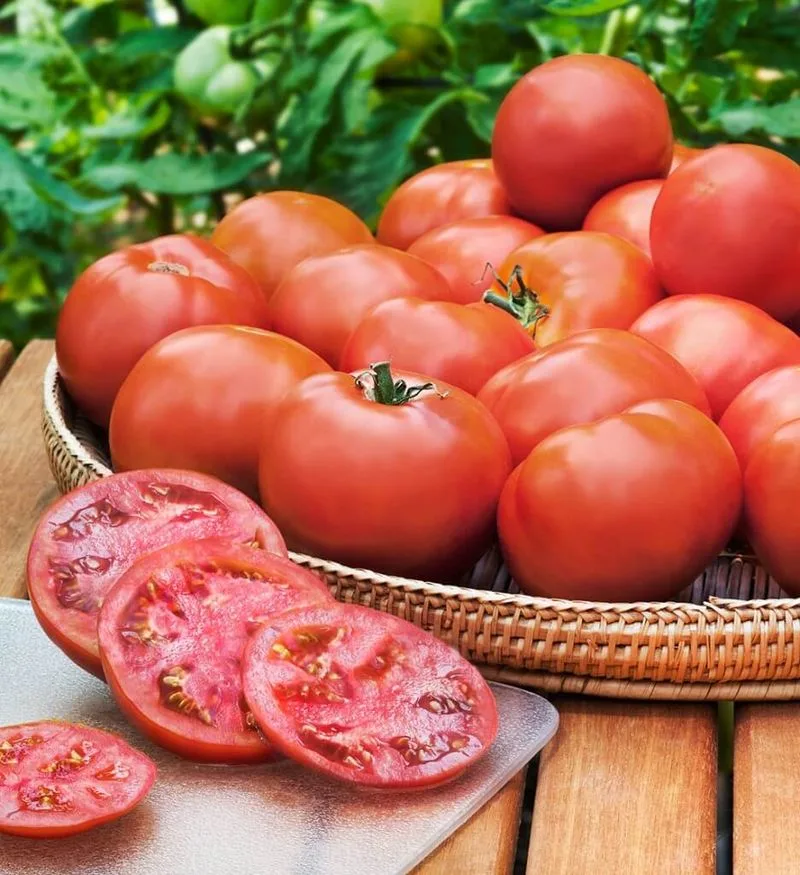
Choosing the appropriate tomato variety is the first step to success. Consider your climate and space. Indeterminate varieties, like cherry tomatoes, thrive in warm, extended seasons. In contrast, determinate varieties suit cooler climates. Researching local favorites can also provide insights into what grows well in your area. Heirloom varieties are excellent for unique flavors, while hybrids offer disease resistance. Understanding your garden’s conditions will guide you in selecting the best type to grow. Planting the right variety ensures a fruitful harvest and a satisfying gardening experience, setting the foundation for healthy growth.
Start with Quality Seeds or Seedlings
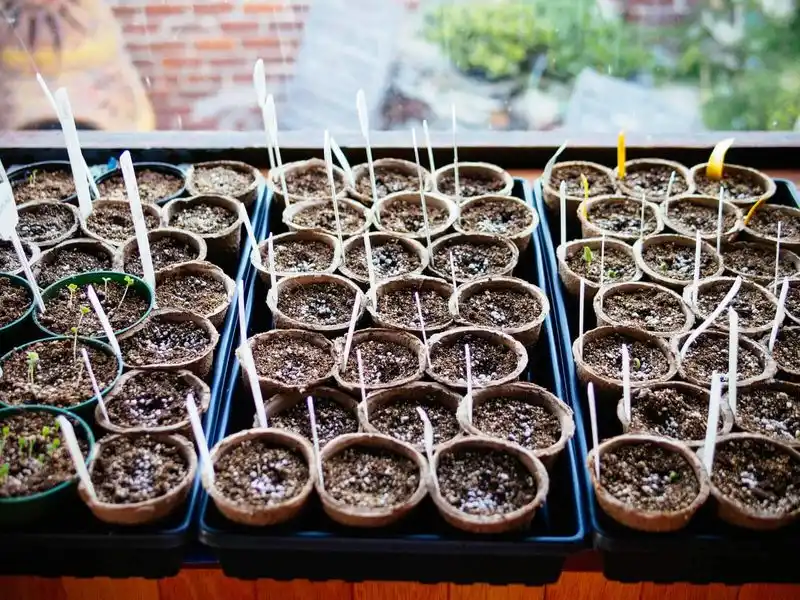
Investing in quality seeds or seedlings is crucial. Choose reputable suppliers to ensure healthy plants free from diseases. High-quality seeds exhibit better germination rates, while robust seedlings have a head start in growth. Inspect seedlings for vibrant leaves and strong stems, avoiding any with discoloration or wilt. Starting with quality reduces the risk of future problems, paving the way for fruitful tomato plants. By prioritizing healthy beginnings, you’ll set your garden on a path to a successful harvest, filled with juicy, delectable tomatoes, ready to enjoy at peak ripeness.
Proper Soil Preparation
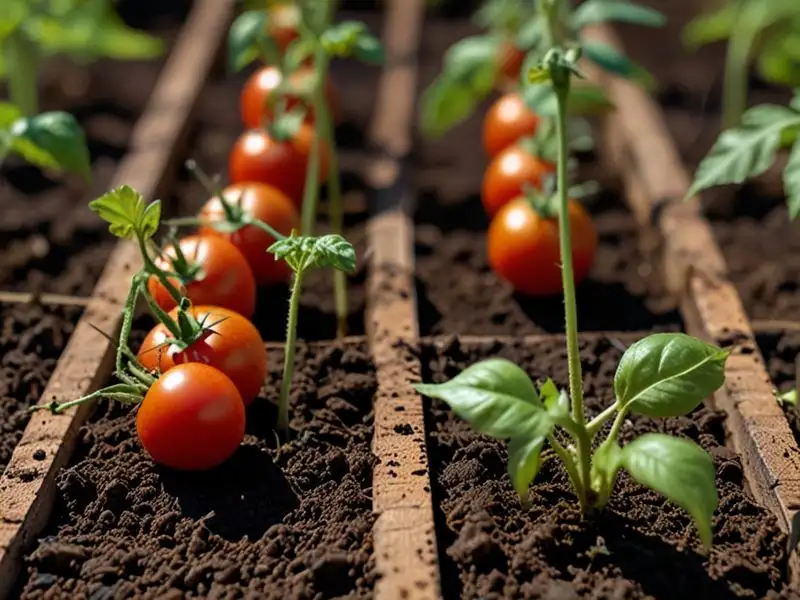
Preparing the soil is vital for tomato growth. Tomatoes thrive in well-drained, nutrient-rich soil. Start by loosening the soil to improve aeration. Adding organic matter, such as compost, enriches the soil, promoting healthy root development. Test the soil’s pH, aiming for a slightly acidic range of 6.0 to 6.8. Adjust the pH with lime or sulfur if needed. Regularly amending the soil ensures it remains fertile and productive. By caring for the soil, you’re laying the groundwork for strong, vibrant plants, capable of producing an abundance of flavorful tomatoes.
Proper Spacing
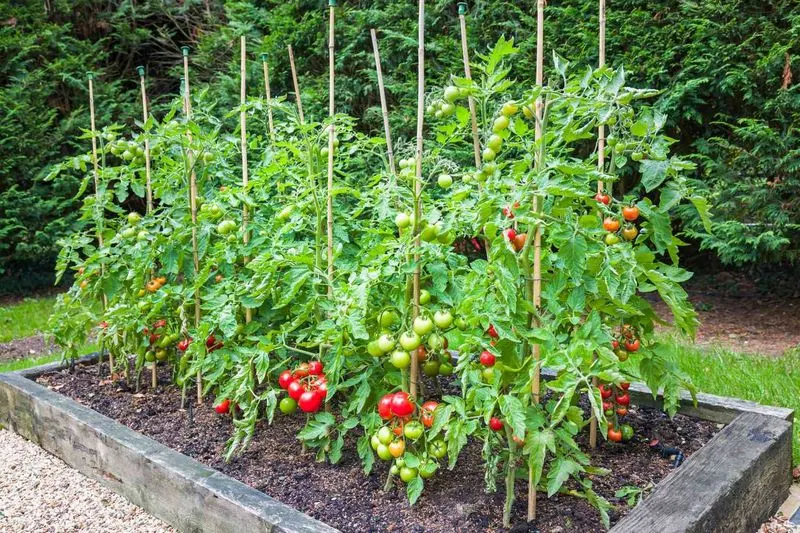
Ensure your tomatoes have adequate space to grow. Crowded plants struggle for nutrients and sunlight, leading to poor yields. Space plants about 18 to 24 inches apart, depending on the variety. Proper spacing allows air circulation, reducing the risk of fungal diseases. It also ensures each plant receives enough sunlight for photosynthesis. Consider using stakes or cages to support growth, preventing sprawling and optimizing space. By giving plants room to breathe and grow, you’ll foster an environment where tomatoes can flourish, resulting in a more bountiful harvest.
Controlled Watering
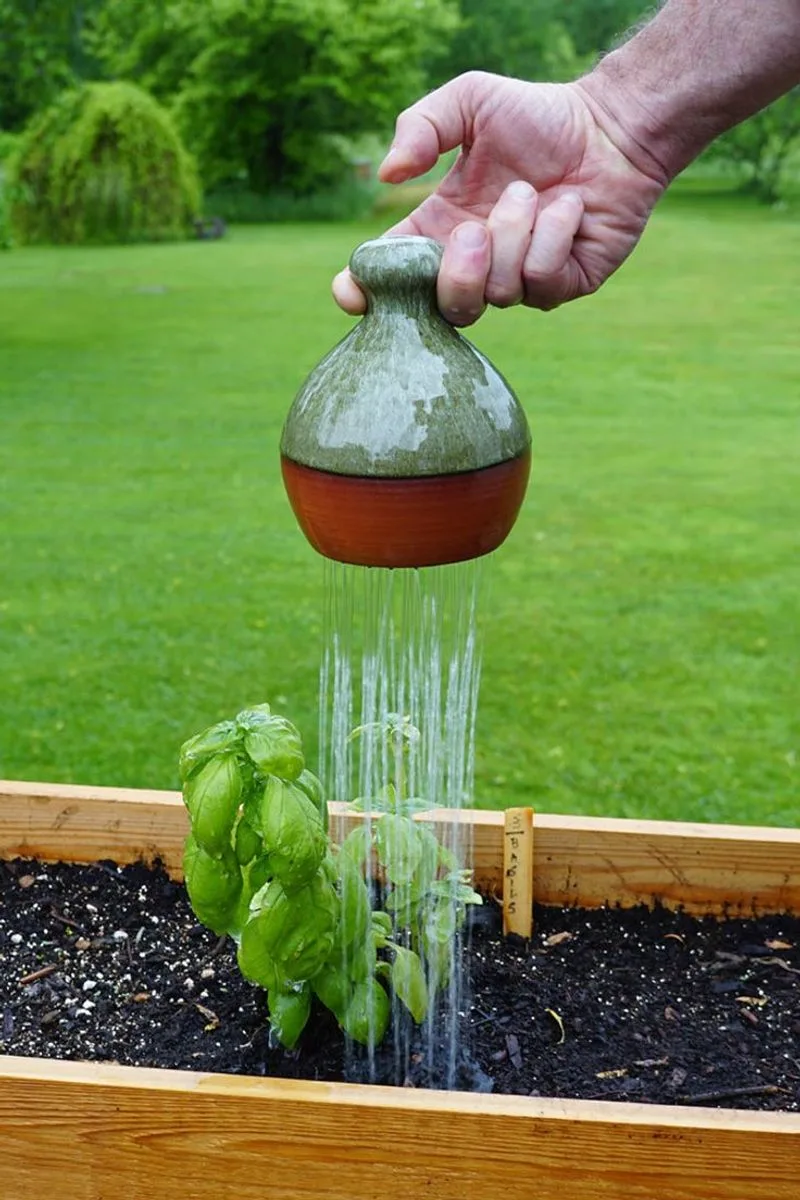
Consistent watering is key to tomato health. Tomatoes require about 1 to 1.5 inches of water per week. Water deeply rather than frequently to encourage deep root growth. Morning is the best time to water, reducing evaporation and allowing plants to dry before nightfall, minimizing disease risk. Monitor weather conditions and adjust watering accordingly. Overwatering leads to root rot, while underwatering causes stress and poor growth. Investing in a drip irrigation system can provide precise and efficient watering, ensuring your tomato plants stay healthy and productive throughout the growing season.
Mulching for Moisture Retention
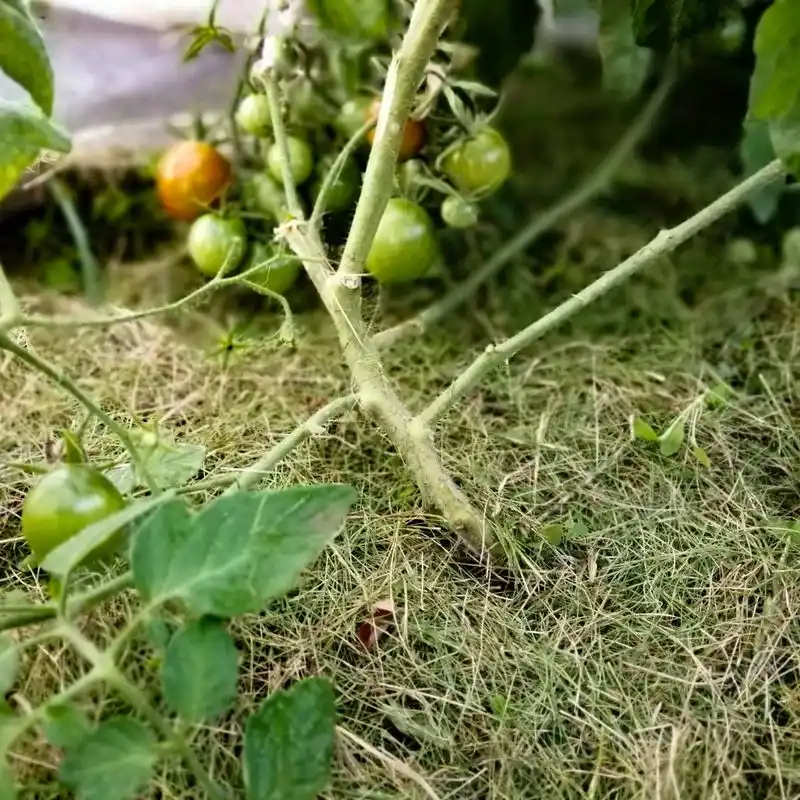
Mulching plays a crucial role in tomato cultivation. Apply a 2 to 4-inch layer of mulch around your tomato plants to retain moisture and suppress weeds. Organic mulches, like straw or grass clippings, decompose over time, enriching the soil. Mulch helps maintain consistent soil temperatures, protecting roots from extreme heat. It also reduces soil erosion during heavy rains. By keeping the soil moist and reducing weed competition, mulching supports healthier plants and higher yields. Embrace mulching as a simple yet effective strategy to enhance your tomato growing efforts.
Fertilization Strategy
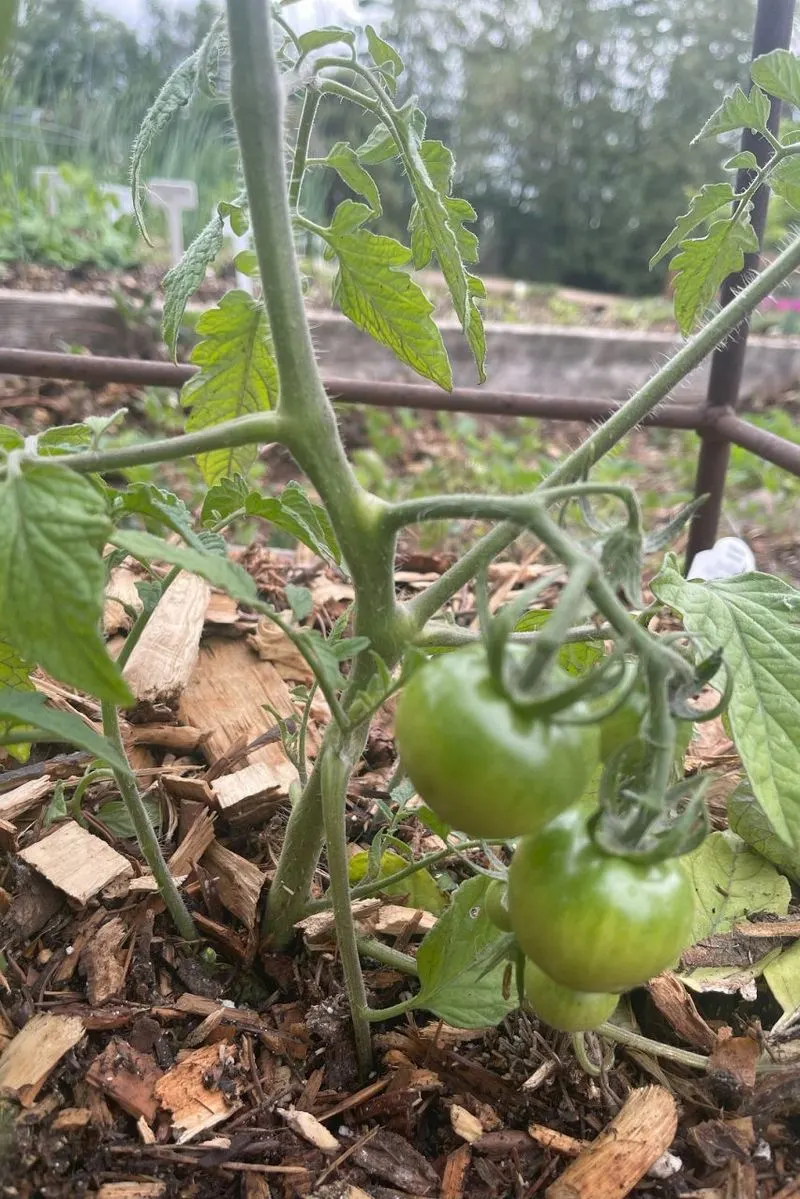
Feeding your tomatoes properly ensures robust growth. Start by incorporating balanced, slow-release fertilizer into the soil before planting. As plants grow, supplement with a high-phosphorus fertilizer to promote flowering and fruit development. Avoid excessive nitrogen, which encourages foliage over fruit. Regularly assess plant health and adjust fertilization as needed. Organic options, like compost tea or fish emulsion, provide a gentler nutrient boost. By tailoring your fertilization approach, you’ll support your tomato plants in reaching their full potential, leading to a garden brimming with juicy, flavorful tomatoes.
Pruning Techniques
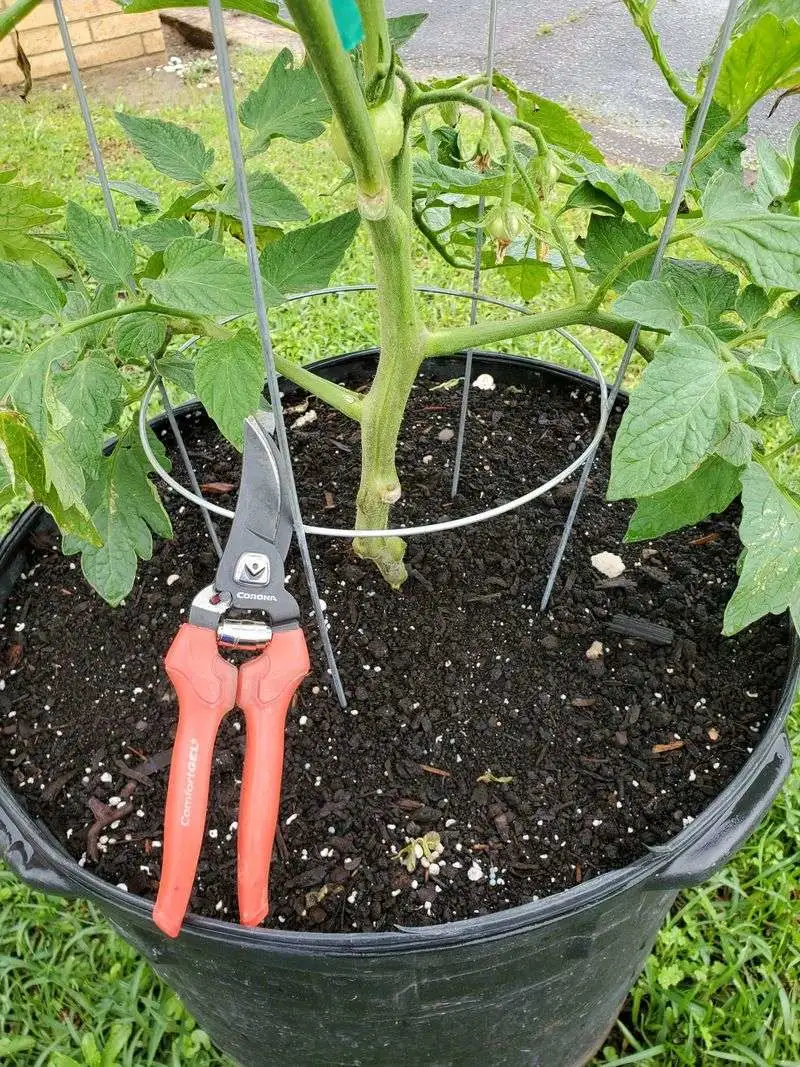
Pruning is essential for healthy tomato plants. Remove sucker shoots, which grow between the main stem and branches, to focus energy on fruit production. Prune lower leaves to improve air circulation and reduce disease risk. Regularly inspect plants for any dead or yellowing leaves, promptly removing them. Pruning encourages stronger stems and limits sprawling. It also increases sunlight penetration, crucial for ripening fruit. By maintaining a disciplined pruning routine, you’ll ensure your tomato plants remain vigorous and productive, yielding a larger and more delicious harvest.
Staking and Caging

Supporting tomato plants is vital for healthy growth. Use stakes or cages to keep plants upright, preventing them from sprawling on the ground. This support minimizes damage from pests and diseases, while also maximizing sun exposure. Stakes should be placed early, before roots spread, to avoid damage. Tie plants gently to supports with soft fabric or twine. Cages provide all-around support, ideal for bushy varieties. By implementing proper support systems, you’ll enhance the health and productivity of your tomato plants, ensuring a more abundant and high-quality yield.
Protecting Against Pests
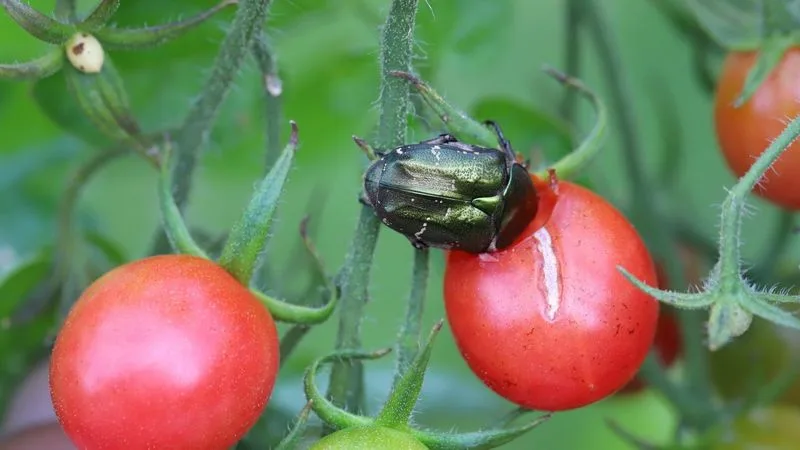
Pests can threaten your tomato crop. Monitor plants regularly for common pests like aphids, hornworms, and whiteflies. Introduce beneficial insects, such as ladybugs, to naturally control pest populations. Companion planting with marigolds or basil can deter pests as well. Use insecticidal soap or neem oil for severe infestations, following instructions carefully. Encouraging biodiversity in your garden creates a balanced ecosystem, reducing pest problems. By staying vigilant and proactive, you’ll protect your tomato plants and ensure a thriving harvest, filled with ripe and healthy tomatoes ready to enjoy.
Disease Management
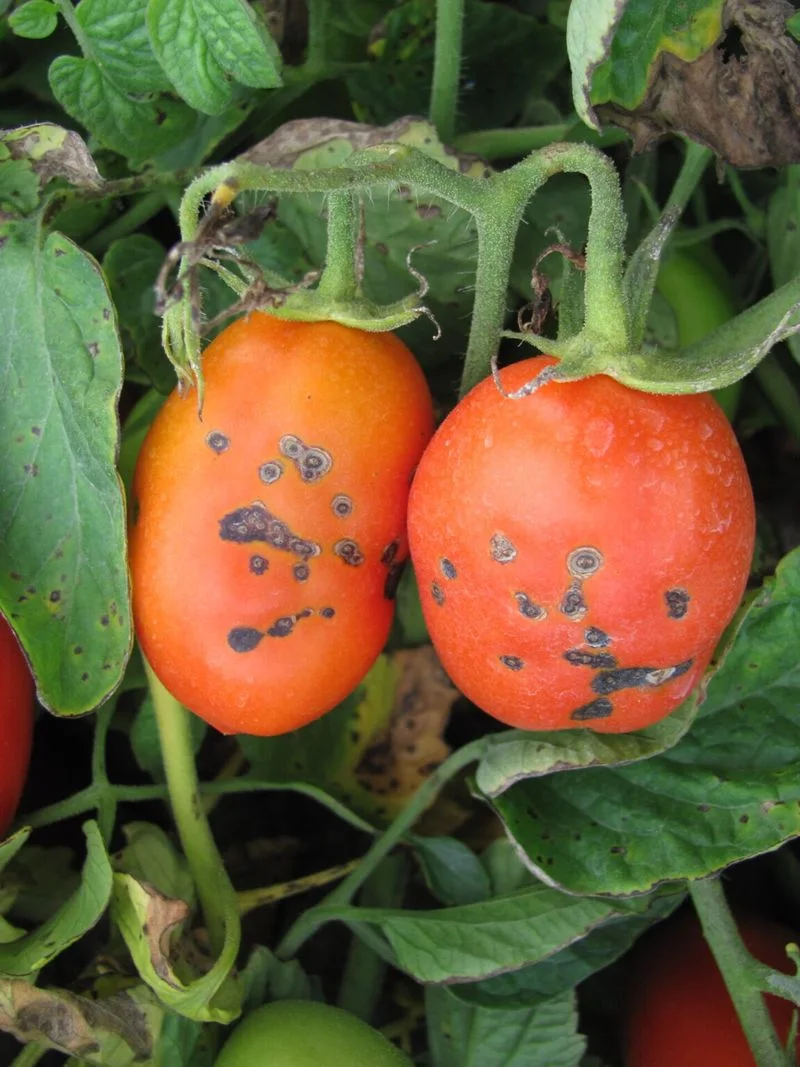
Diseases can impact tomato harvests significantly. Rotate crops annually to prevent soil-borne diseases. Maintain plant health through proper watering and pruning to reduce disease susceptibility. Remove any diseased plants promptly to prevent spread. Consider using disease-resistant varieties to lessen potential issues. Fungicides can be applied as a preventive measure if conditions favor disease development. Regular monitoring aids early detection, allowing for swift action. By implementing a comprehensive disease management plan, you’ll safeguard your plants, leading to a successful and bountiful tomato-growing season.
Harvesting at the Right Time
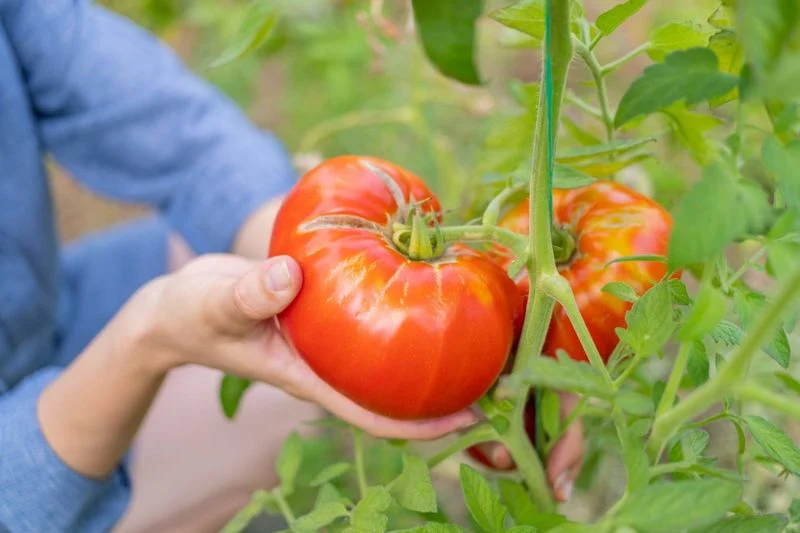
Timing is key when harvesting tomatoes. Picking at peak ripeness ensures maximum flavor and nutrient content. Look for a deep, uniform color and a slight give when gently squeezed. Ripe tomatoes easily detach from the vine. Regularly check your plants, especially during peak season, to harvest promptly. Avoid refrigerating tomatoes, as cold temperatures can diminish flavor and texture. Instead, store at room temperature away from direct sunlight. By harvesting at just the right moment, you’ll enjoy tomatoes at their most delicious, enhancing every meal with their fresh, vibrant taste.
Saving Seeds for Next Season
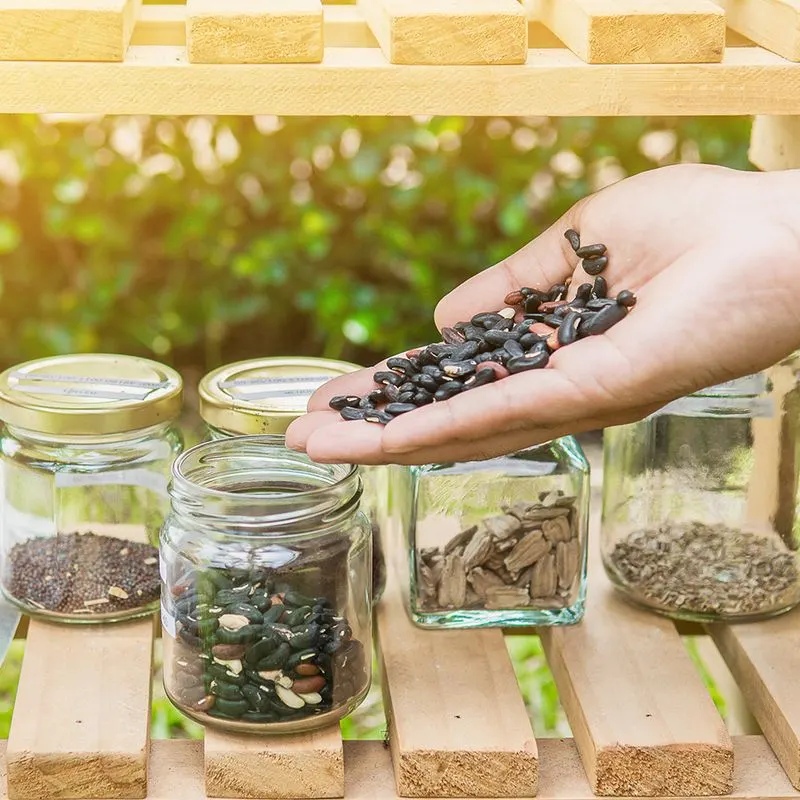
Saving seeds allows you to preserve your favorite tomato varieties. Choose ripe, healthy tomatoes from disease-free plants for seed saving. Scoop out seeds and rinse them clean of pulp. Dry seeds on a paper towel or screen until completely moisture-free. Store in a cool, dry place in labeled envelopes or jars. Saving seeds not only reduces costs but also supports biodiversity by maintaining heirloom varieties. By planning ahead and saving seeds, you’ll be ready for future growing seasons, continuing the cycle of cultivating delicious, homegrown tomatoes year after year.
Extending the Season
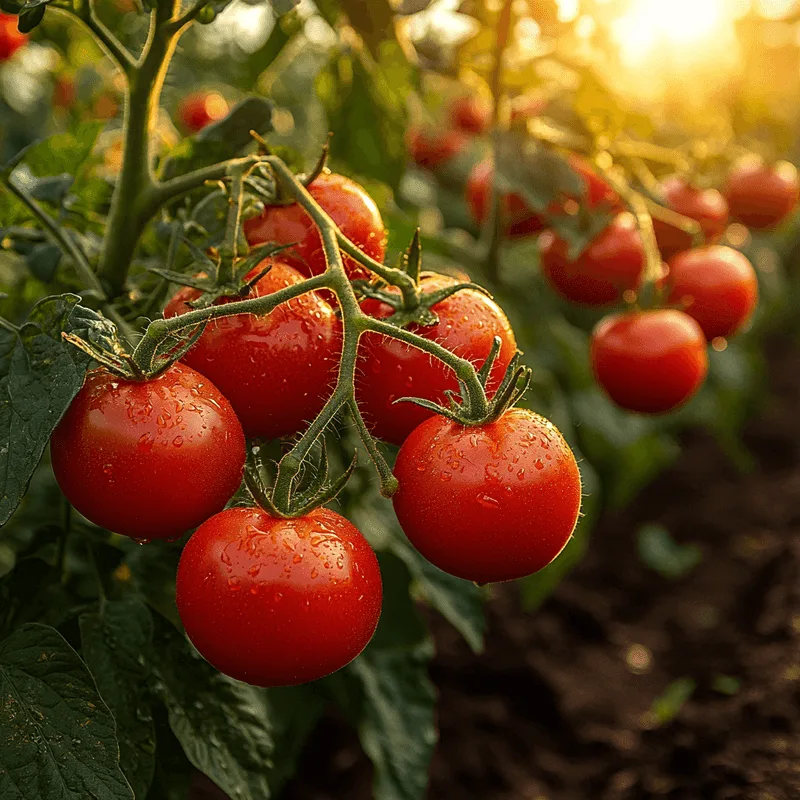
Extend your tomato growing season with strategic planning. Use row covers or cloches to protect plants from early frost. In warmer climates, shade cloth can prevent overheating and sunscald. Consider growing tomatoes in containers, which can be moved indoors during cold spells. For a longer harvest, plant a mix of early, mid, and late-season varieties. Investing in a greenhouse provides year-round growing opportunities. By using these techniques, you’ll enjoy fresh tomatoes for a longer period, enhancing your garden’s productivity and your table’s bounty with extended harvests.
Understanding Tomato Plant Needs
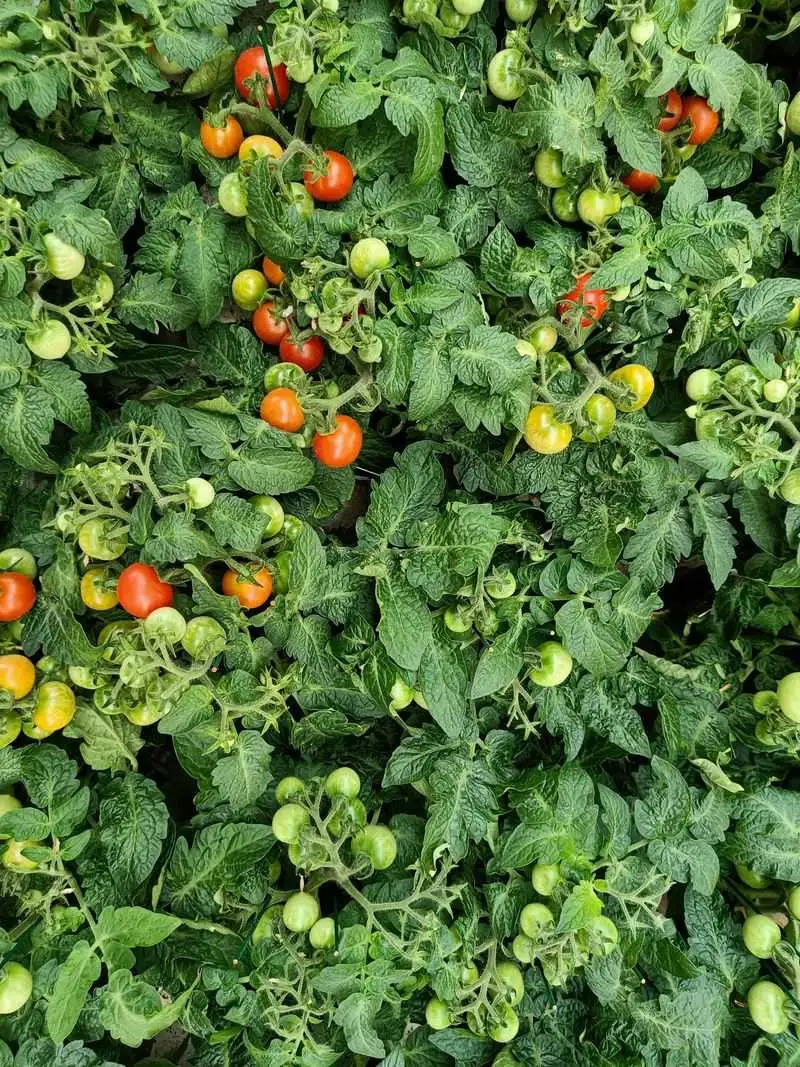
Understanding your tomato plants’ needs is crucial for success. Recognize each growth stage, from seedling to fruiting, and adjust care accordingly. Seedlings require gentle watering and ample light, while mature plants need consistent feeding and support. Monitor plants for stress signs, such as wilting or discoloration, and address issues promptly. Each variety may have specific requirements, so stay informed through research and observation. By attuning to your plants’ needs, you’ll foster a thriving tomato garden, rewarding your efforts with an abundance of delicious, homegrown tomatoes at every stage.
Improving Pollination

Pollination is vital for tomato fruit set. Promote a healthy ecosystem with flowers that attract pollinators, like bees and butterflies. Avoid pesticides that harm beneficial insects. Manually shake plants or use an electric toothbrush near flowers to encourage pollen transfer. Ensuring optimal pollination increases fruit production and quality. Regularly check plants for flowers and signs of pollination. By enhancing pollination efforts, you’ll boost your tomato garden’s output, resulting in a more bountiful harvest of flavorful and juicy tomatoes, ready to be picked and enjoyed fresh from the vine.
Dealing with Blossom End Rot
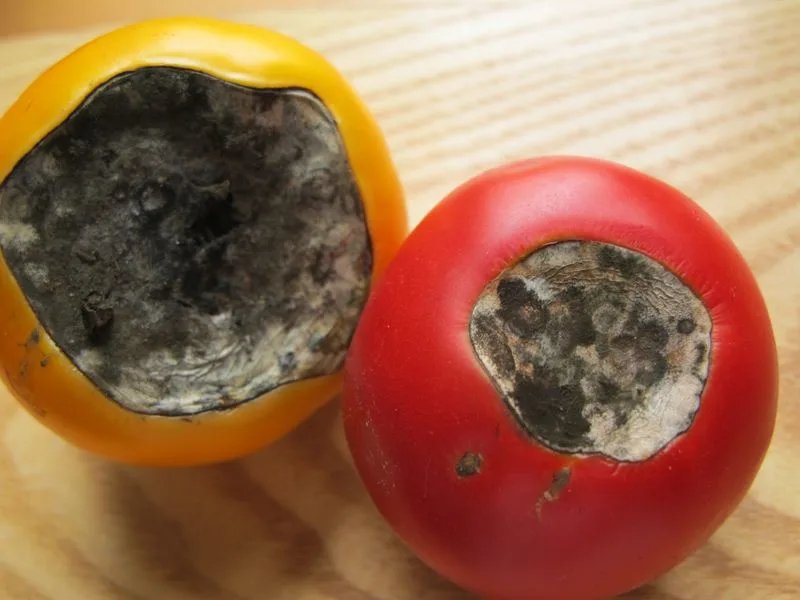
Blossom end rot is a common issue in tomato growing. It’s caused by calcium deficiency, often linked to inconsistent watering. Prevent it by maintaining steady soil moisture levels. Mulching helps retain moisture, while soil testing can identify nutrient imbalances. Correct calcium deficiencies with lime or gypsum, applied according to recommendations. If blossom end rot appears, remove affected fruit to encourage healthy new growth. By managing this problem, you’ll ensure your tomatoes develop properly, leading to a successful harvest of unblemished and tasty produce, free from the blemishes of this common ailment.
Managing Temperature Extremes
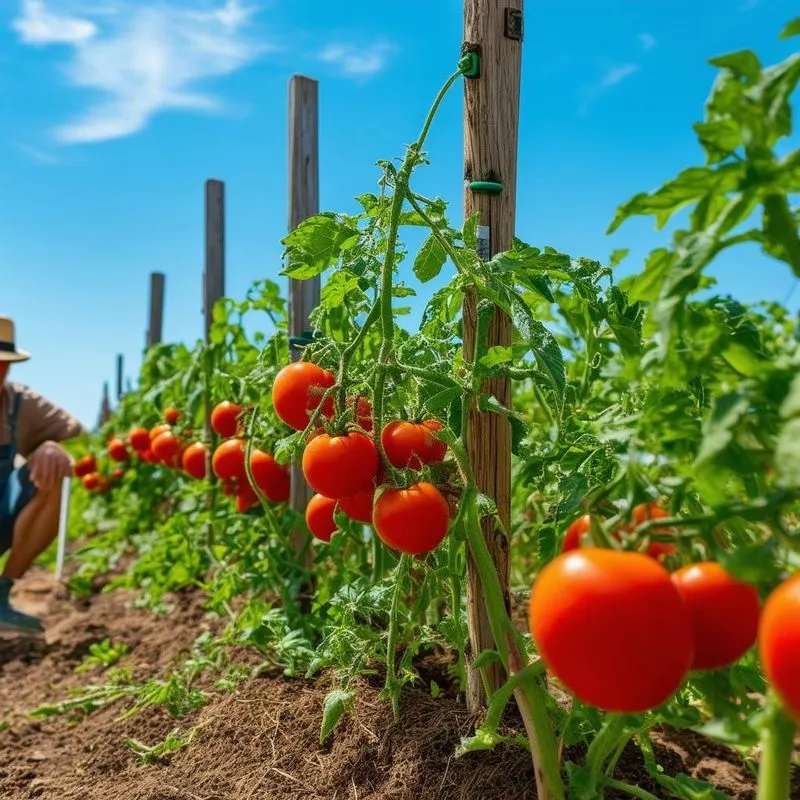
Tomatoes thrive in mild temperatures, but extremes can impact growth. Use shade cloths to protect plants from scorching heat. Mulching and consistent watering help moderate soil temperatures. During cold snaps, cover plants with blankets or move potted plants indoors. Selecting heat-tolerant or cold-resistant varieties can mitigate temperature challenges. Regularly monitor weather forecasts and be prepared to take action. By managing temperature extremes, you’ll create a stable environment for your tomato plants, allowing them to flourish and produce a generous yield, regardless of fluctuating seasonal conditions.
Rotating Crops Annually
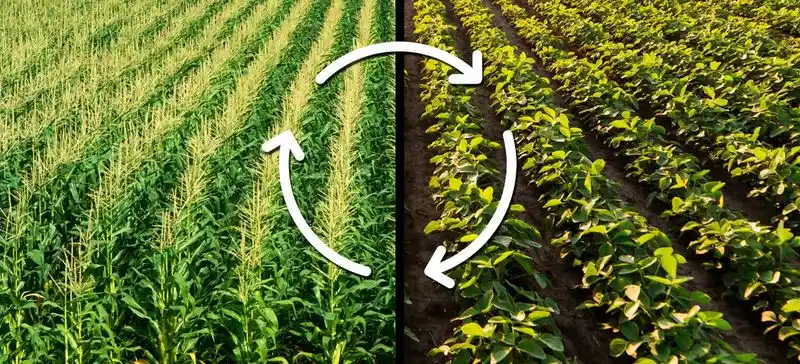
Crop rotation is crucial in preventing soil nutrient depletion and diseases. Avoid planting tomatoes in the same spot each year. Rotate with non-nightshade family crops, like beans or carrots, to replenish soil nutrients. This practice disrupts pest and disease cycles, promoting healthier plants. Planning your garden layout with rotation in mind ensures better yields and long-term soil health. By incorporating crop rotation into your gardening routine, you’ll support sustained tomato production, enriching your garden’s productivity and resilience, ultimately leading to a more successful and rewarding harvest.
Creating a Tomato Plant Journal
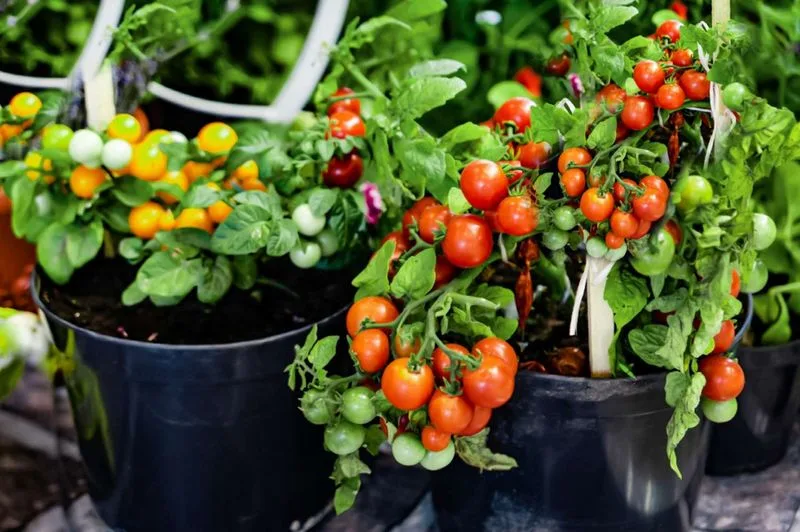
Documenting your tomato growing journey can be invaluable. Keep a journal to record planting dates, variety selections, weather patterns, and observations. Noting successes and challenges helps refine future strategies. Include sketches or photos for visual reference. A journal provides a historical record, helping you make informed decisions. It fosters learning and adaptation, enhancing your gardening skills over time. By creating a detailed tomato plant journal, you’ll gain insights into your garden’s unique dynamics, paving the way for continued success and enjoyment in growing delicious, homegrown tomatoes.

